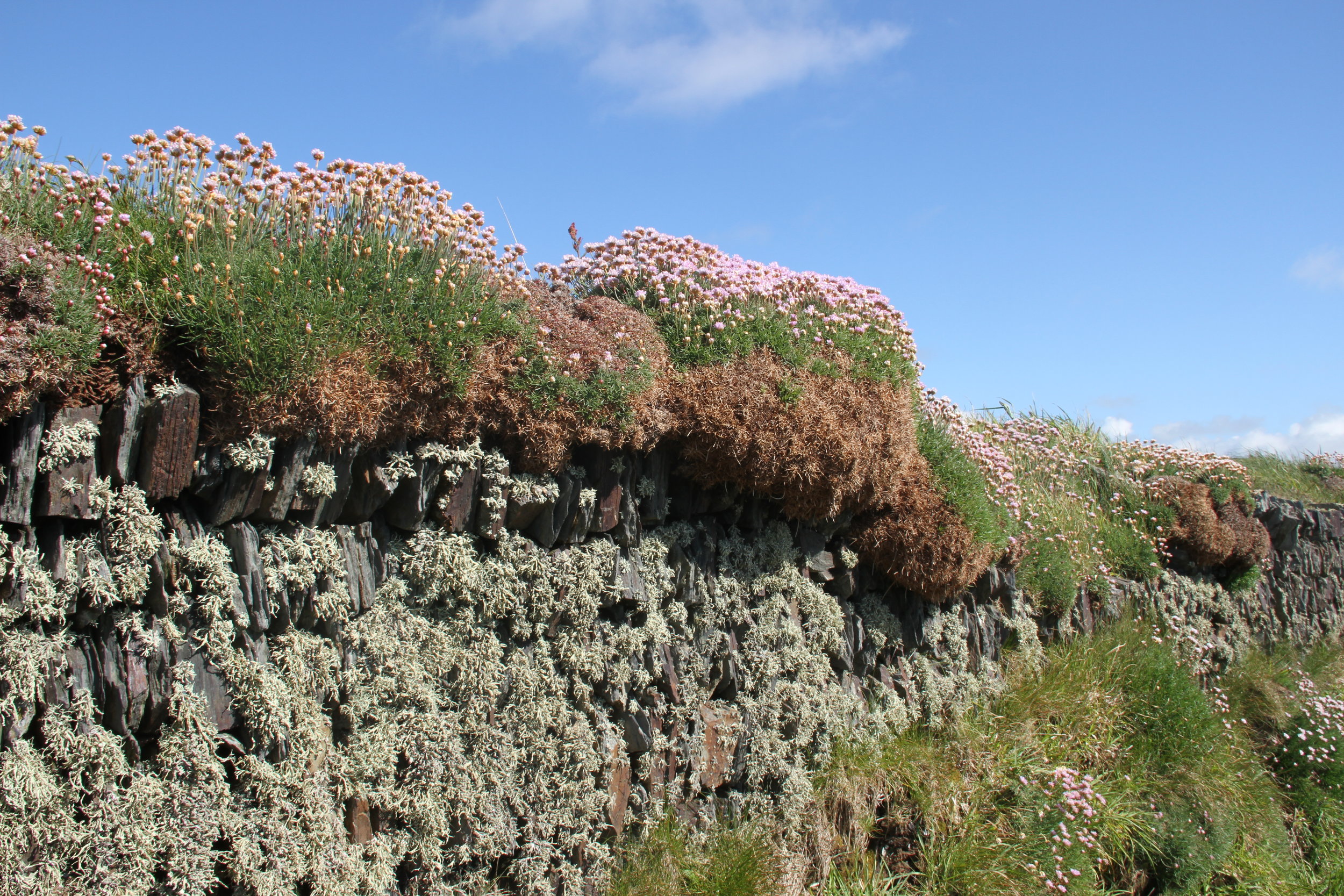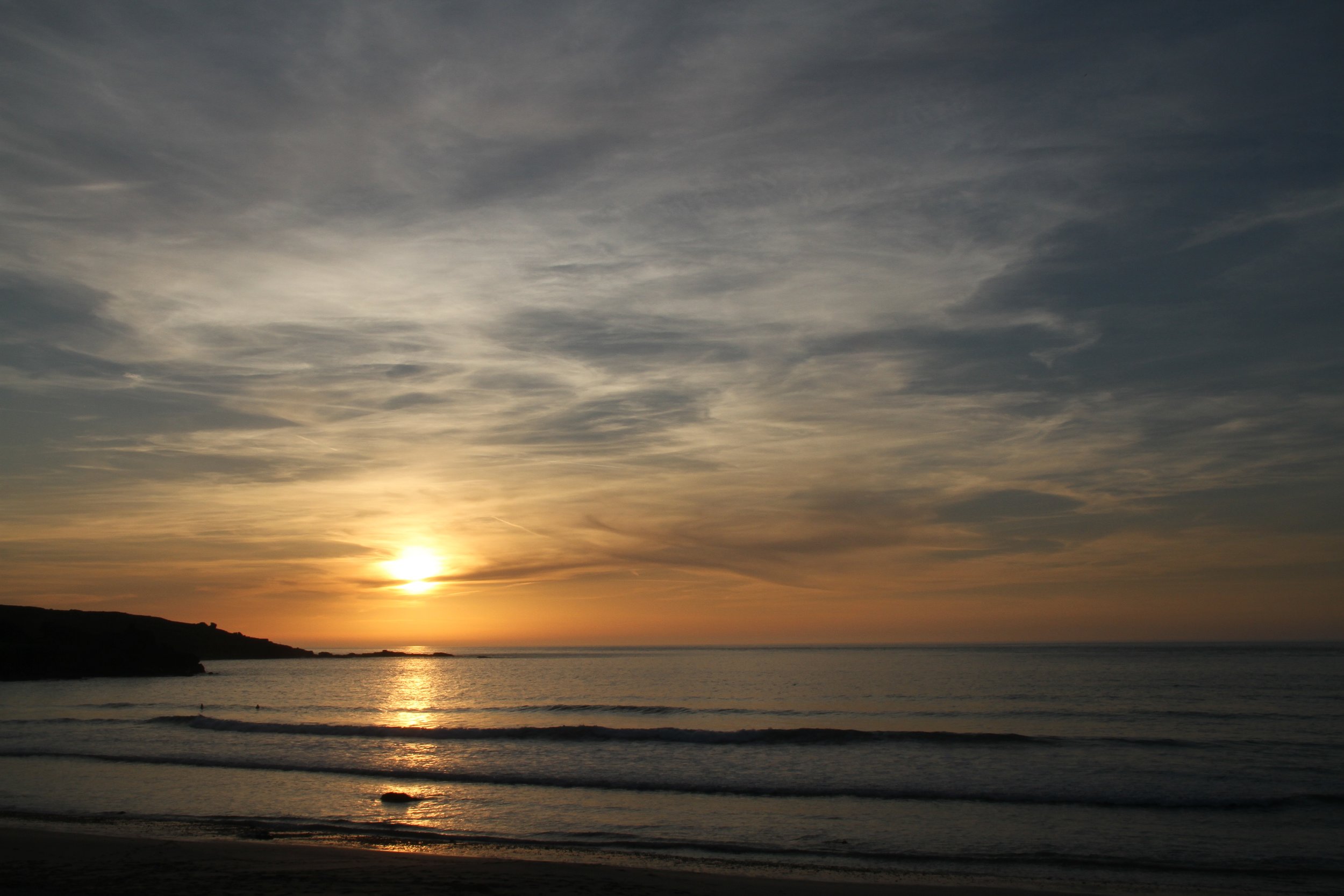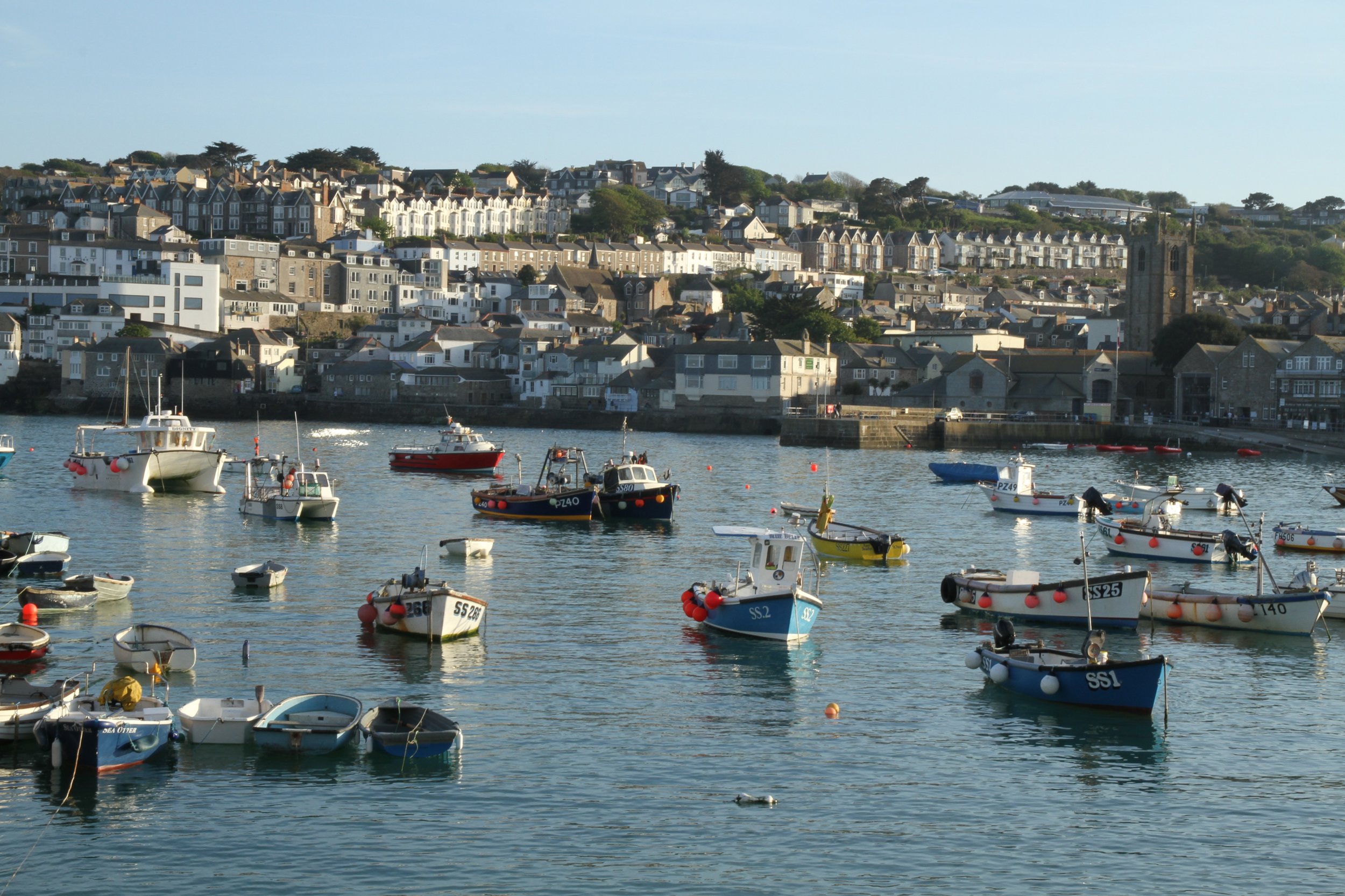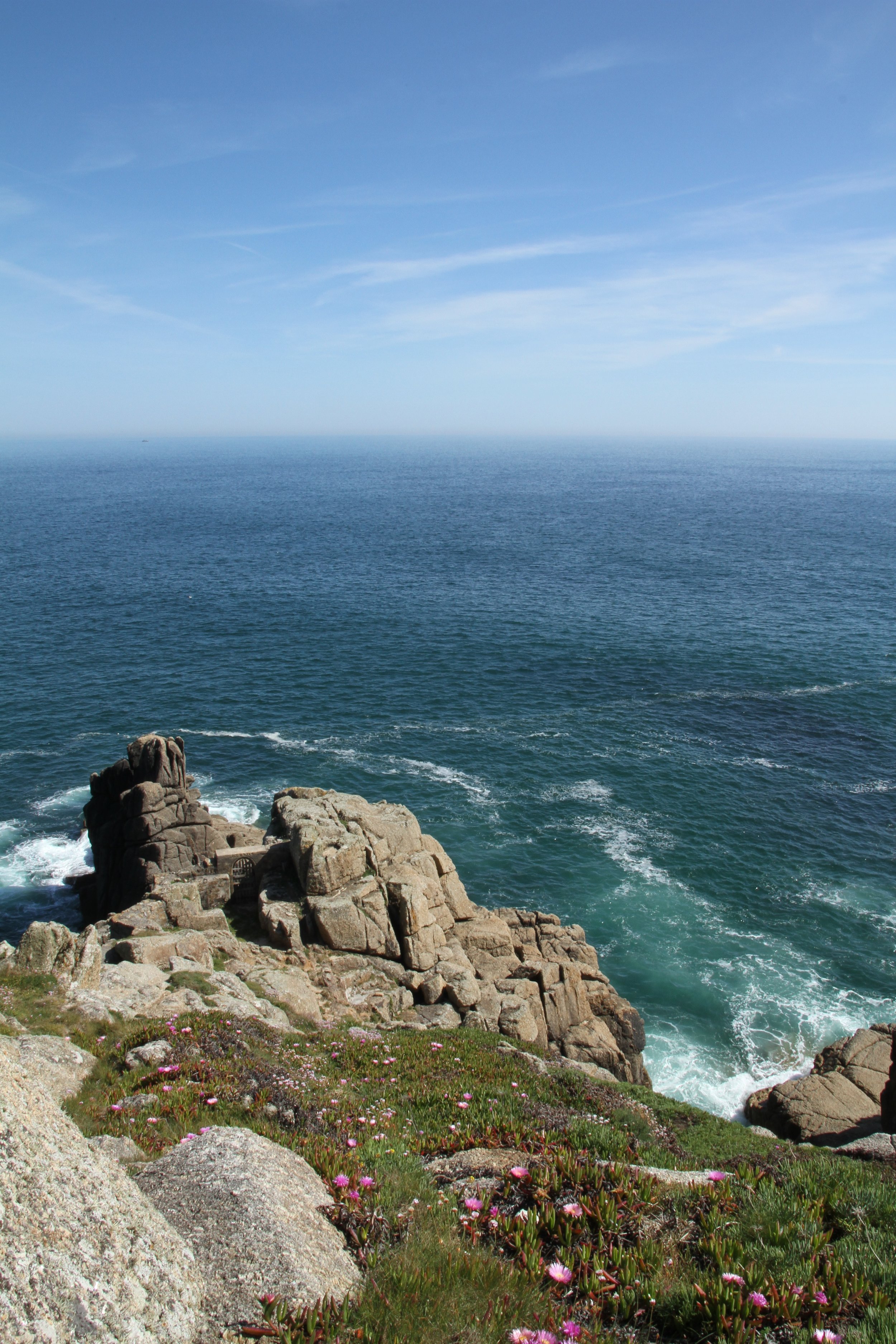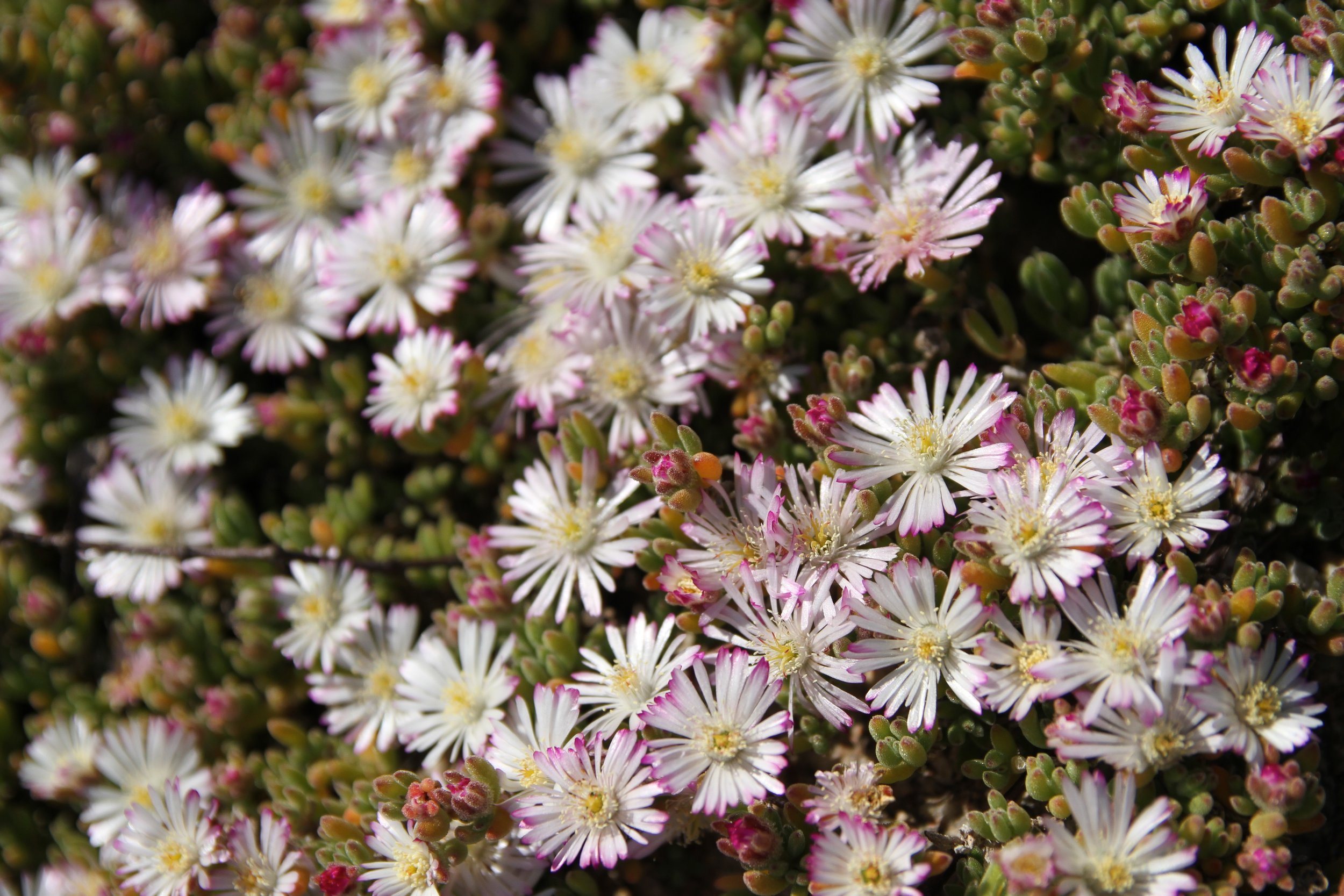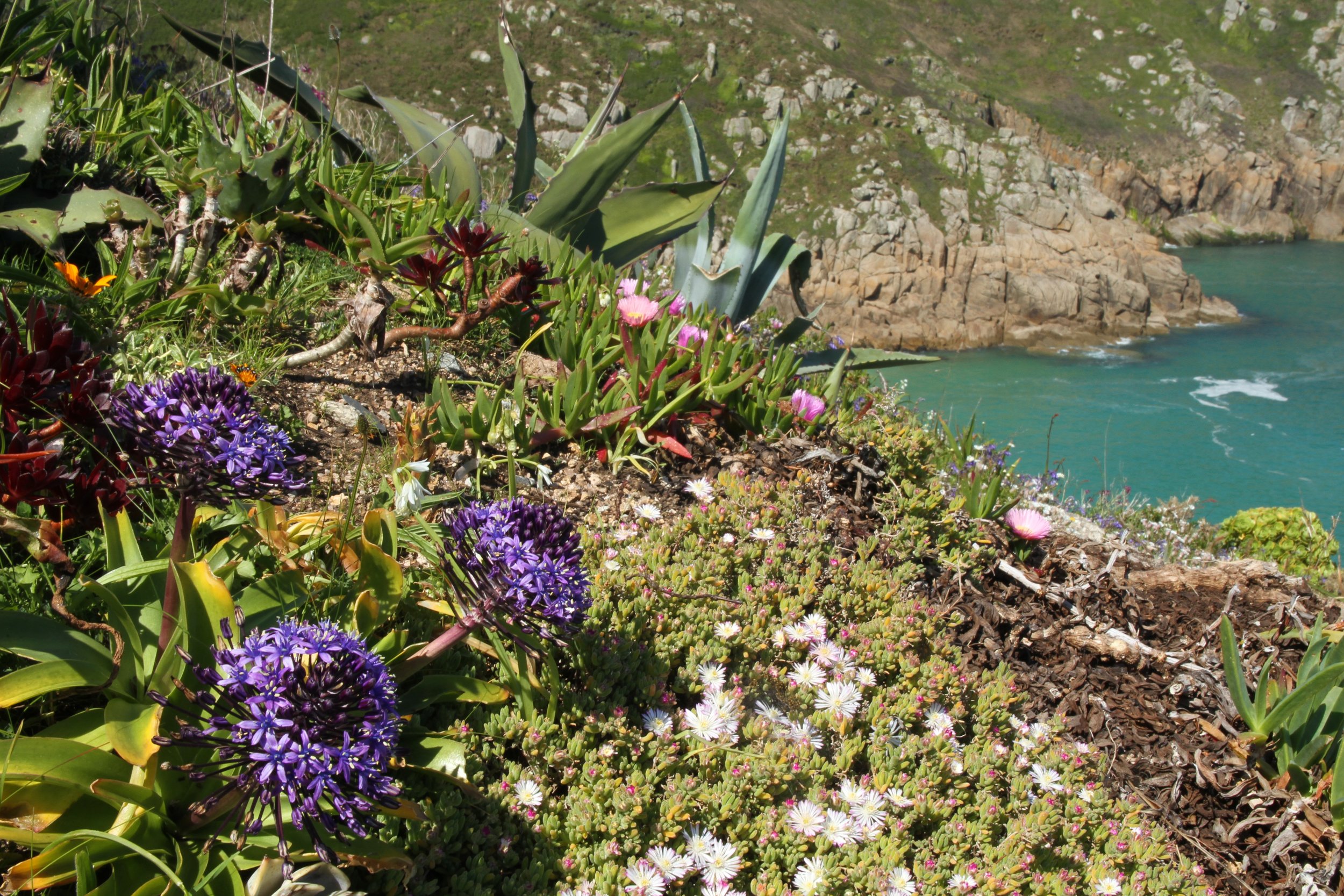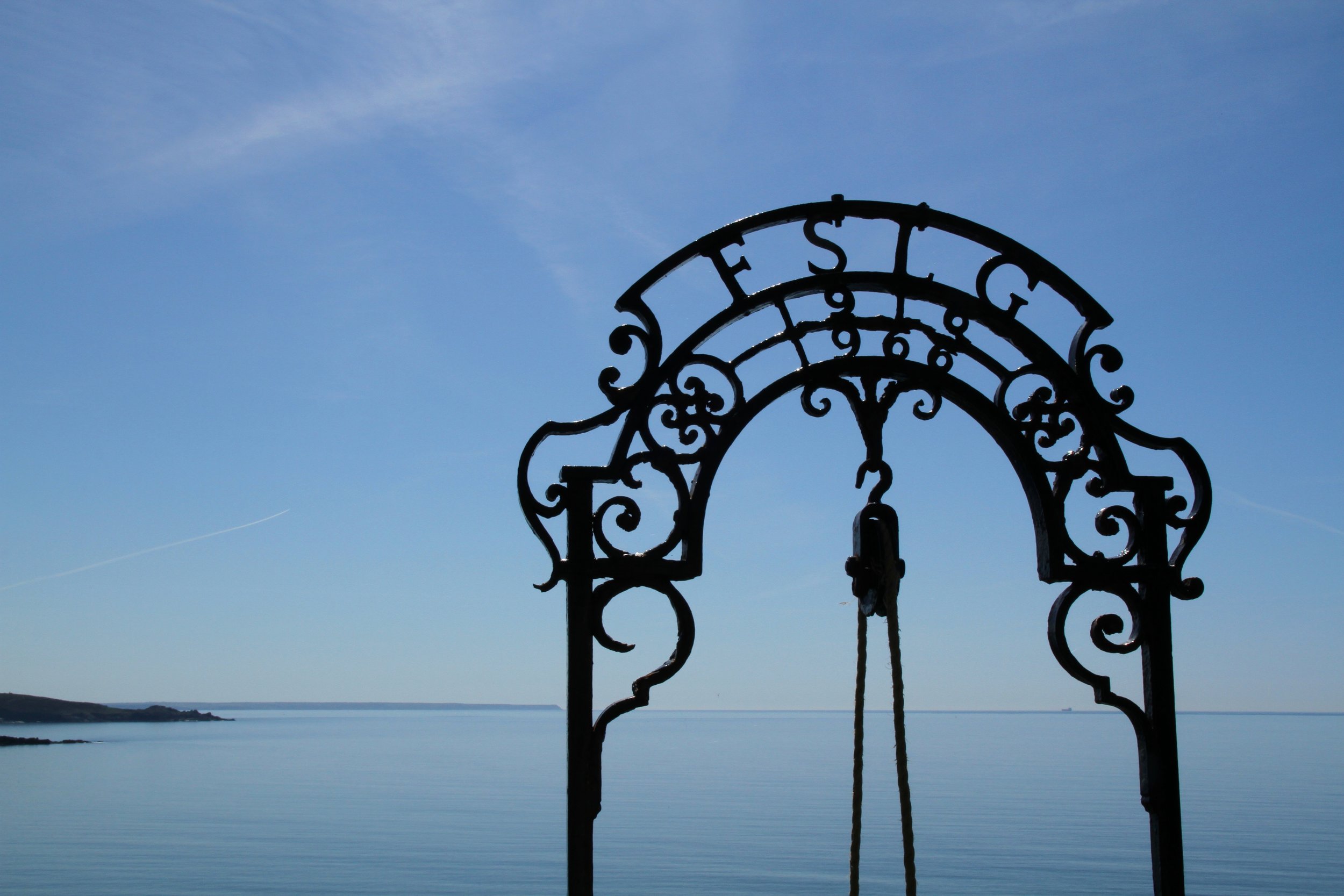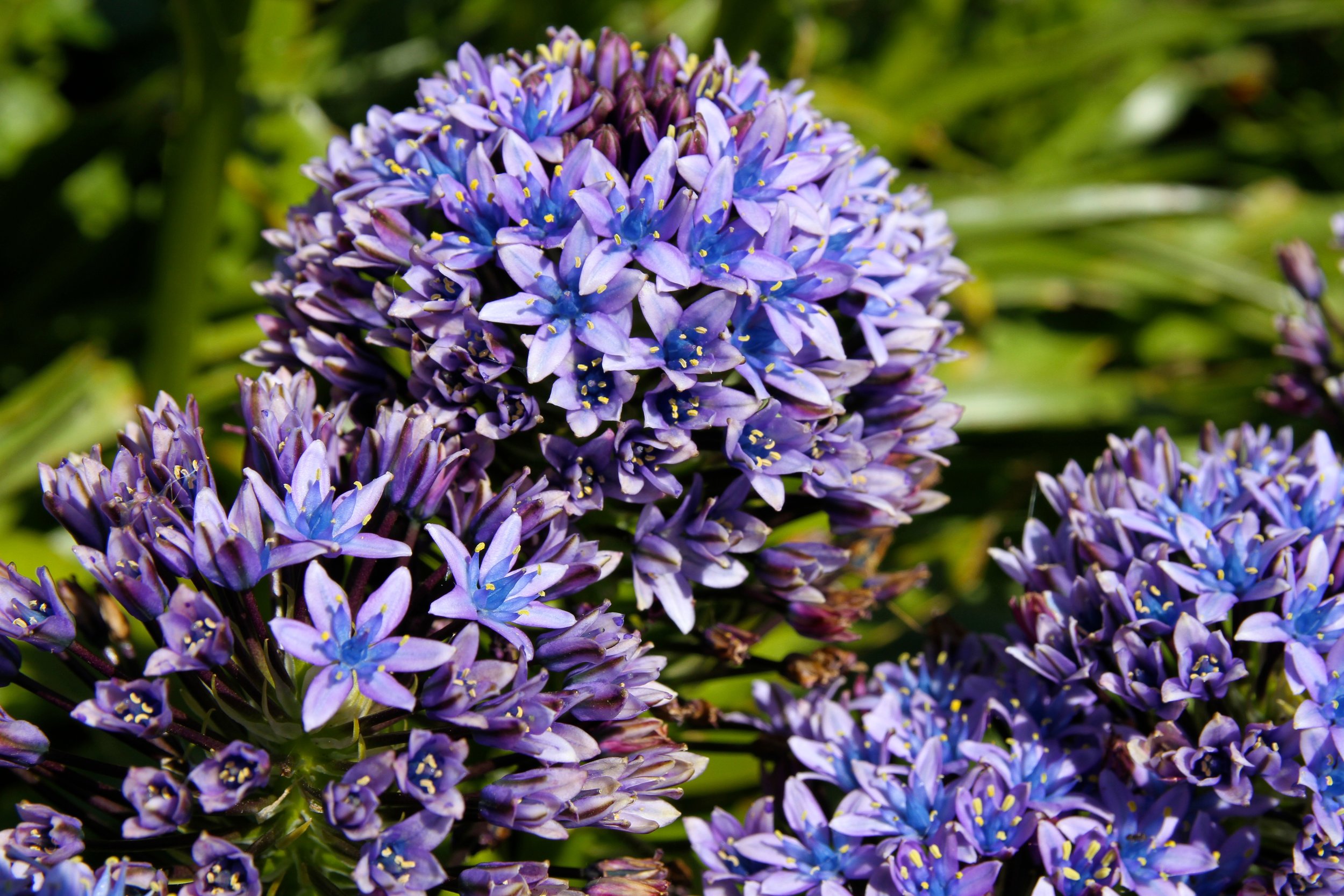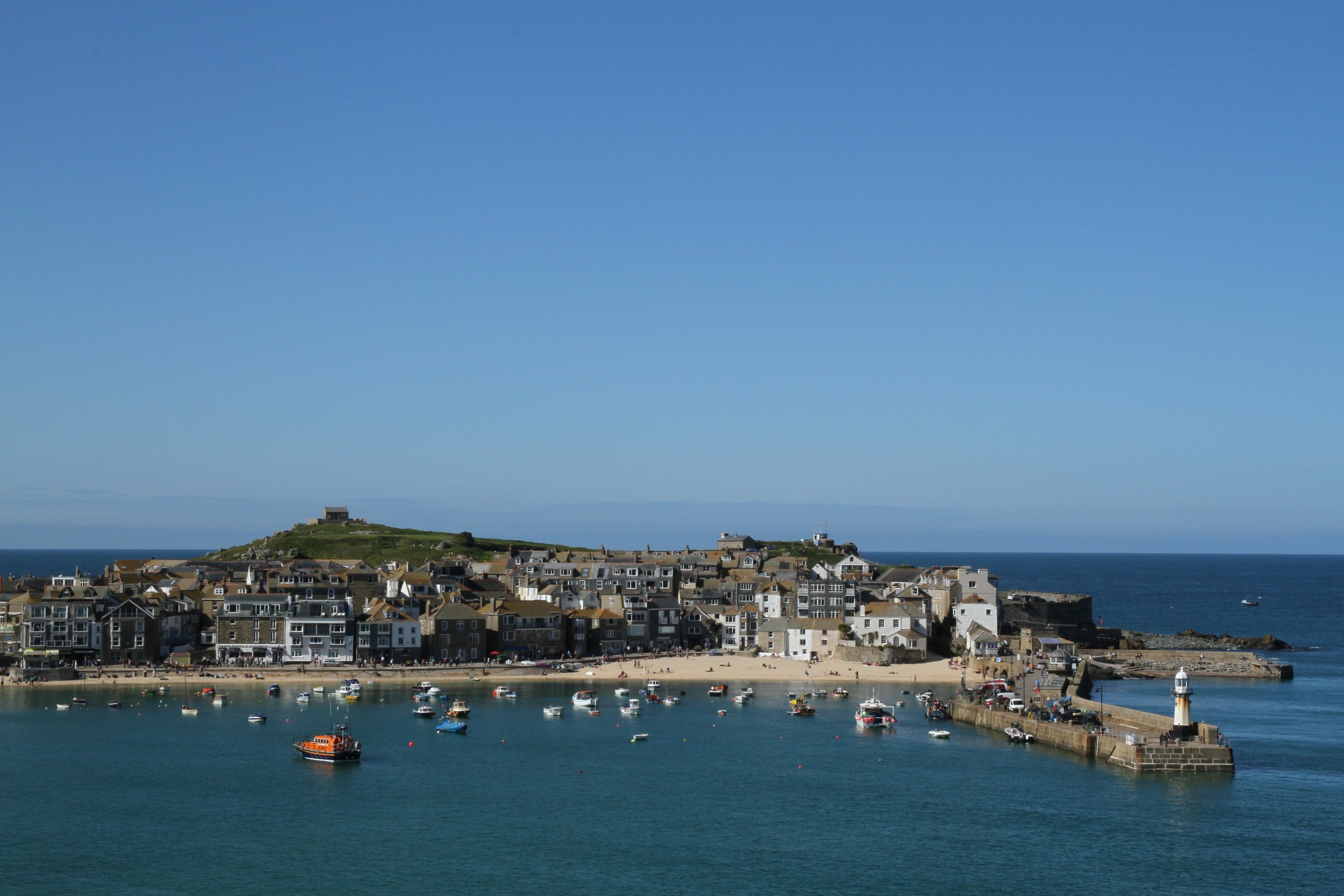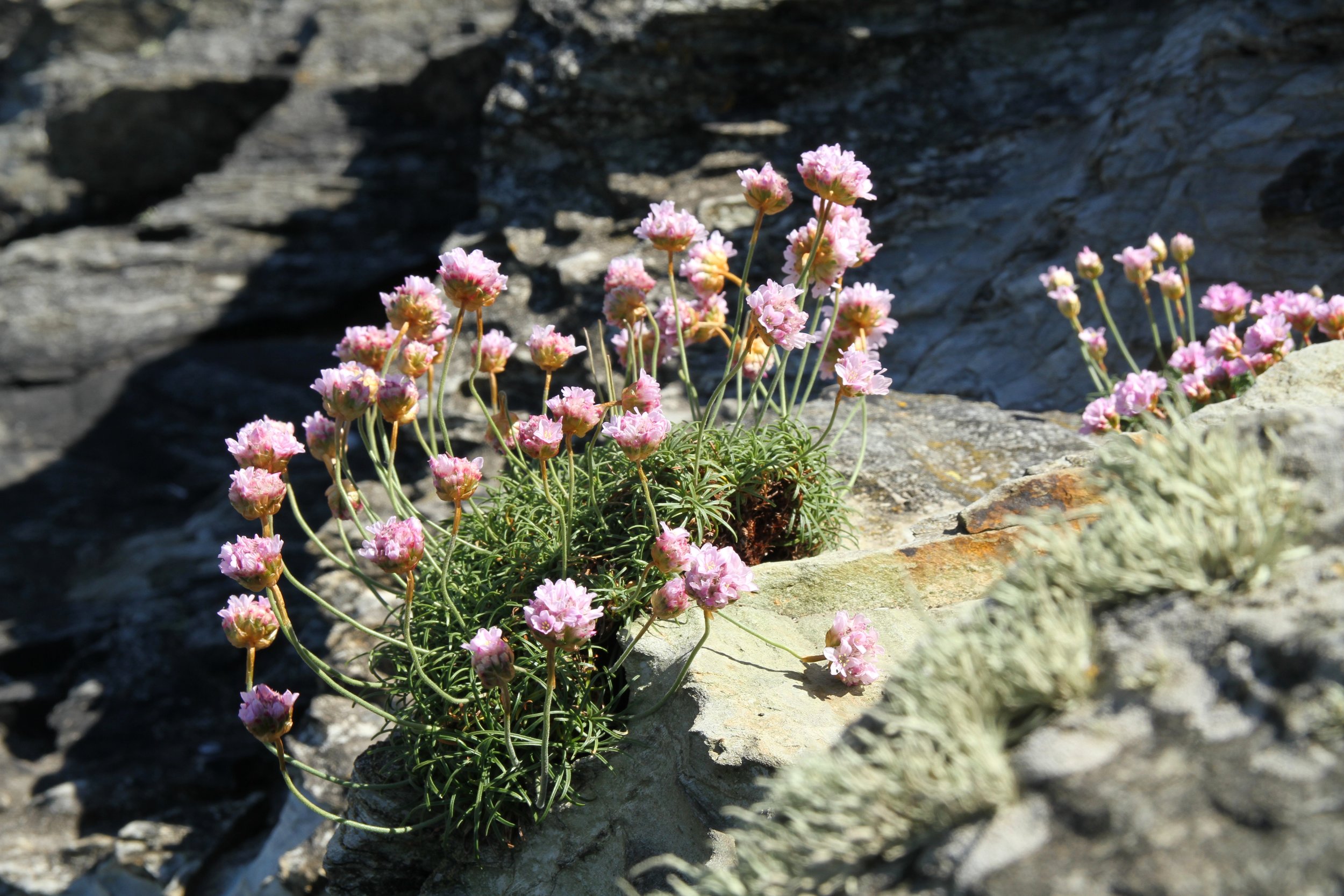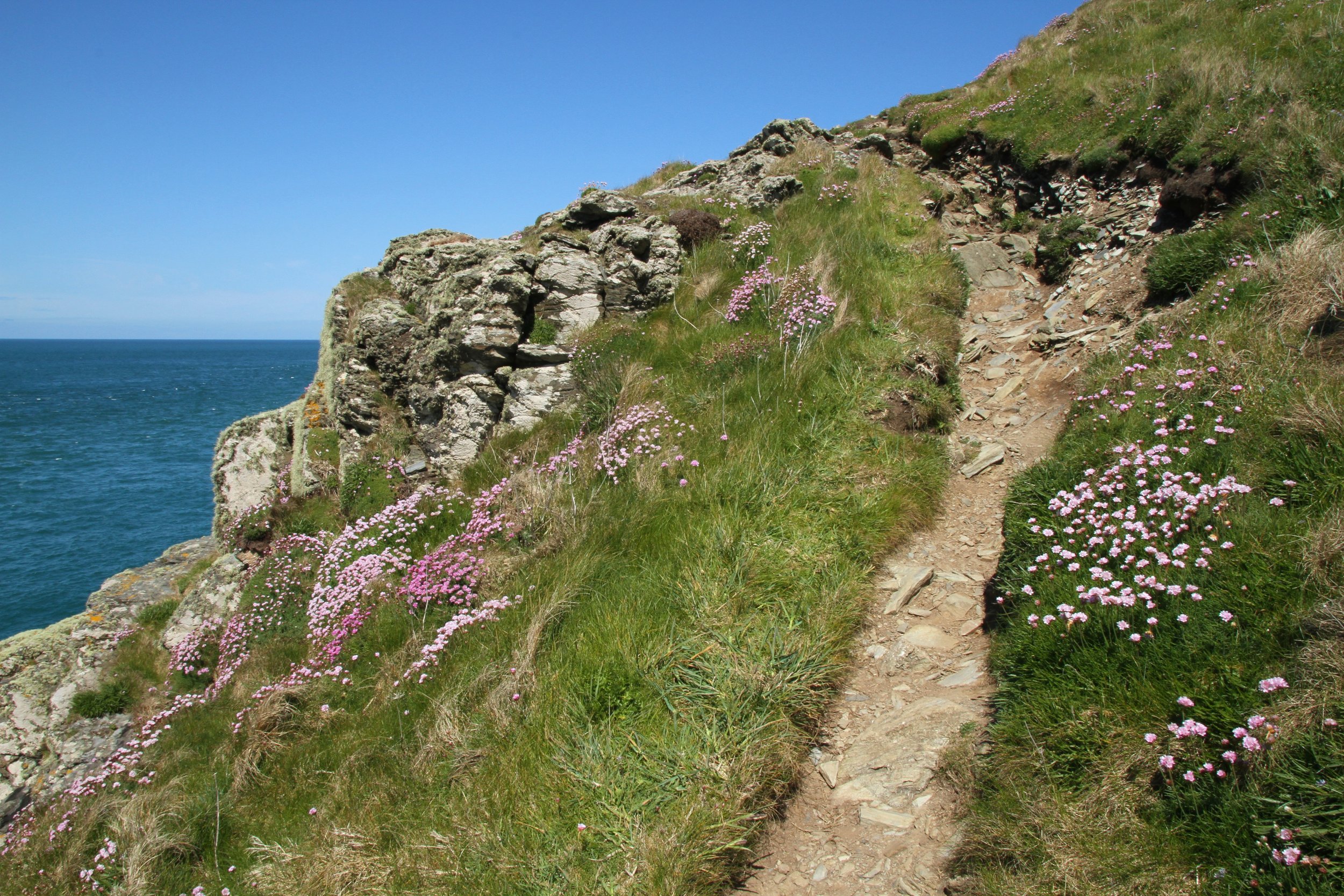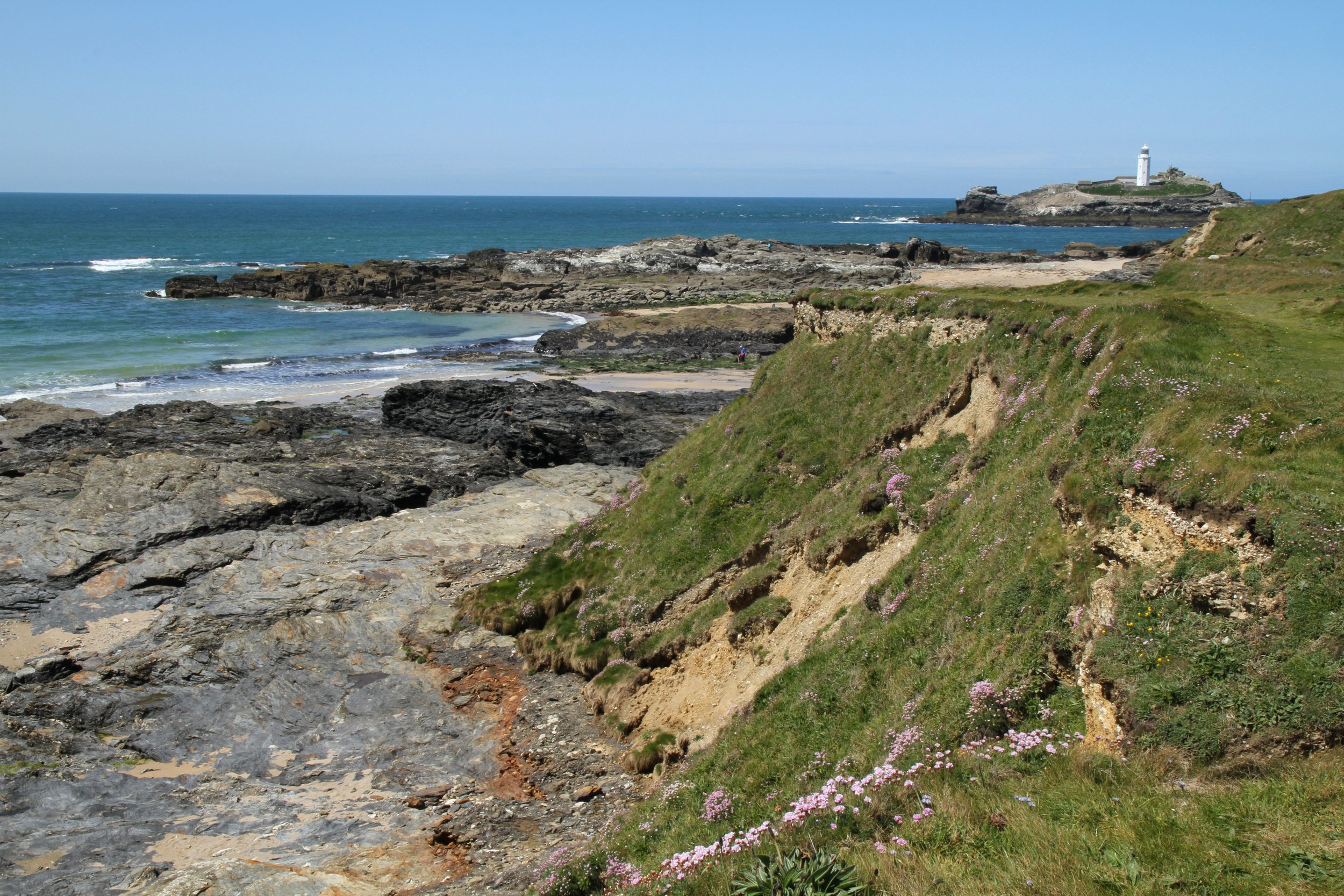In honour of the arrival of issue 1 (our baby is finally here), we thought it just right to share some of the blue sky pictures of Cornwall we captured while visiting earlier in the year. To read about our epic road trip around the Cornish Coast be sure to grab a copy of the mag (available here), for now, please bask in the Cornish brilliance. There’s a lot to love in the West Country.
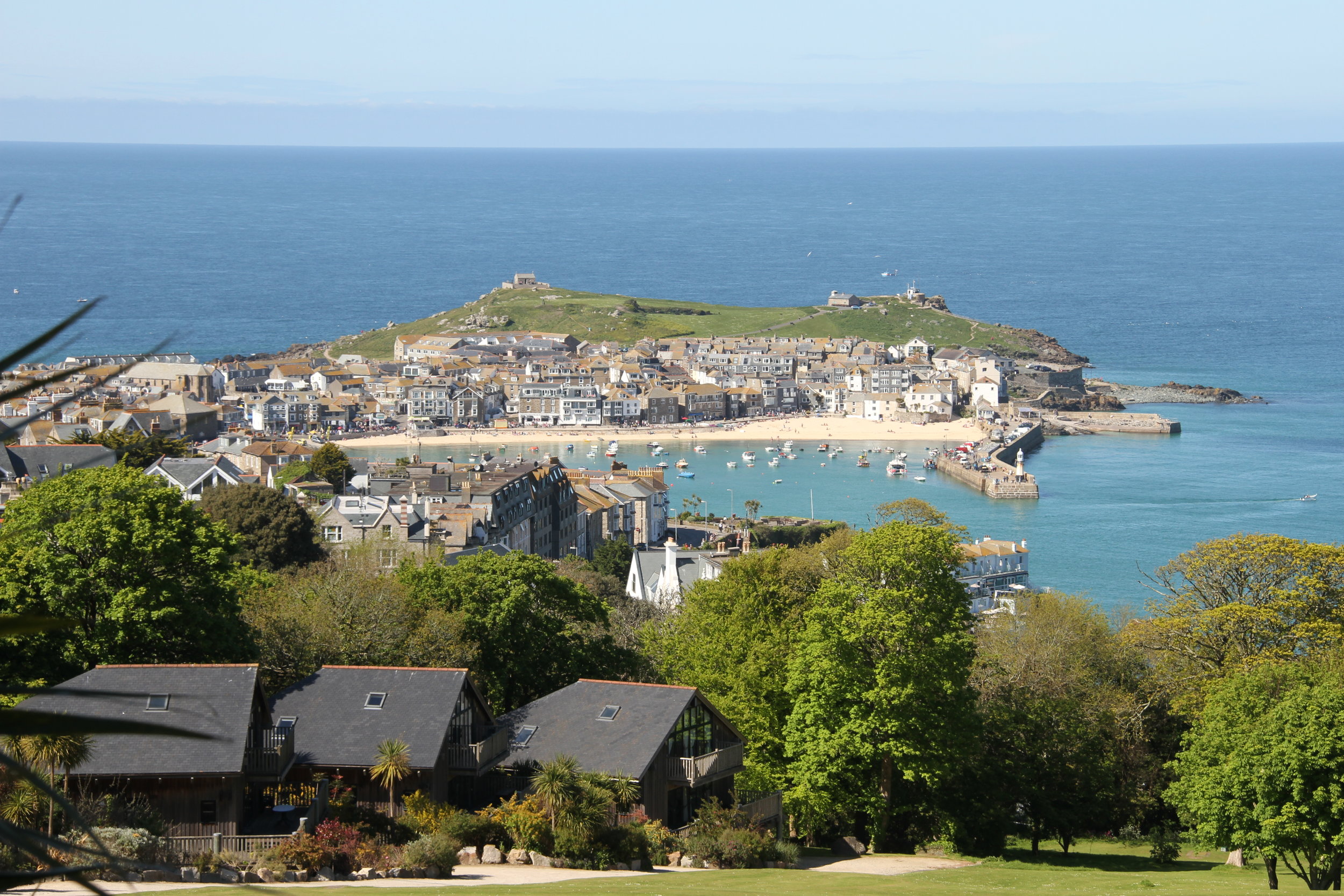
Antarctica
some ice-covered corners of the world know how to get under your skin. Expansive and wild, Antarctica is a place where nothing exists but the moment. The rest of the world falls away and the urge to play Attenborough is un-suppressible. You’re guaranteed close encounters of the whale kind, a silence that’s only broken by calving glaciers and constant summer sunlight. Bliss really. Some Antarctic days are pure magic. Clear and calm, you’ll wake to an endless sky and mirror-like sea. Yet overcast days are not without their eerie charm. Low clouds and brooding skies have a remarkable ability to turn icebergs the most fluorescent shade of turquoise imaginable and prove that nowhere does desolation quite like Antarctica.
Uniquely stunning and a fickle friend (just ask Scott or Shackleton), this is a land where mountains move, history is defined by the brave and bizarre and you become besotted with the animals who call the world’s last true wilderness home. And the price of admission? Well, that’s surviving the Drake.
Sail Away
Antarctica is reached by travelling to the end of the world, otherwise known as Ushuaia at the tip of Argentina, and sailing for two days through the Drake Passage; the planet’s most turbulent body of water. While the dreaded mal de mer isn’t the ideal way to start or end a holiday it’s all part of the experience… I suppose. There are ways of dealing with this crossing. Firstly, avoid whistling, it’ll only call up the wind. Secondly, don’t bring a banana on board, unless you wish to rattle a superstitious crew. Thirdly, don’t shoot an albatross. And most importantly, pick a good ship.
I sailed on the Polar Pioneer. Homely rather than luxurious, this ice-strengthened vessel is Australian run but crewed by 22 Russians who remain onboard for a year. Once you learn that it began its life with a brief stint as a Cold War spy ship and the crew occasionally smokes their fish in the engine room, falling in love with this trusty vessel is inevitable.
Animal Encounters
Exceeding every expectation, Antarctica’s fearless wildlife has character aplenty. Stone-stealing Gentoo penguins (they’ve worked out that ‘borrowing’ stones from neighbouring nests is the easiest way to build their own) and wide-eyed Adelies make up for their lack of grace with loving determination. Creating ‘penguin highways’ in the snow that link their impossibly out of the way rookeries to the sea, these little guys waddle with purpose. All they want to do is belly flop into the water, despite an in-built fear of Leopard seals, to find food for their hungry, fluff covered chicks.
While penguin parental dedication is adorable, all sense of human normalcy is lost when a whale appears. Finding a humpback mother and calf sleeping on the surface of the water (rather appropriately termed logging) and watching as they wake, dive and re-emerge, barnacles and all, an arms length from your tiny zodiac is not an experience you quickly forget.
Although human visitors must stay at least five meters from all wildlife, no such rule applies to the wildlife itself. So, while you sit on a rocky beach, a safe five meters from a sun seeking Weddell seal, the only animal less graceful on land than a penguin, it won’t be long before a skua is nibbling your gumboot.
Temporary Visitors
Apart from the National Geographic Explorer, the only signs of human life are vibrantly painted research huts. Mixing nostalgia and wonder, historic sites like the British Port Lockroy must be seen to be believed. Set up during WWII to listen to German Navy radio signals, the station now studies the effects of tourism on penguins. The only problem is that penguins don’t quite understand the idea of a scientific control area, even if it’s roped off, or that they themselves might be the control. All four Port Lockroy residents rely on visiting ships for fresh supplies and showers and run a small museum and post office – when not counting penguin chicks. Anything mailed from here takes at least two months to reach its final destination; ferried to the Falkland Islands, flown to England and then braving the UK postal system.
Argentina’s Brown Station is equally fascinating. It’s unmanned due to a lack of funding and the fact that a previous resident chose to burn down a large part of it rather than spend another year alone on the ice. Bright orange and perfectly preserved, fire damage aside, it sits at the bottom of a huge, snow covered mountain. From the top you can take in the most photogenic panorama around - ice floes and rolling white icebergs – and brave the ultimate bum slide down (i.e. tobogganing without the aid of a toboggan).
Oh So Small
Antarctica is stunningly otherworldly. Even the safe havens along the Peninsula have names borrowed from fairy tales - Neptune’s Bellows, Deception Island, Paradise Bay, Elephant Point. Two weeks here and you’re left feeling delightfully insignificant. After all, in the presence of such great beauty it’s impossible to feel anything but small.
Entering Mikkelsen Harbour, with its amphitheater of ice cliffs, or sailing through the seven-mile-long Lemaire Chanel, affectionately called ‘Kodak Alley’ in the days when film cameras reigned supreme, you understand how powerful ice and reflective surfaces can be. For harsh beauty there’s Pleneau Island - an iceberg graveyard. With nowhere to travel and harassed by the elements, these bergs take on phenomenal shapes and hues, proving that nature is the ultimate sculptor. When greeted with such sights and stunned to the point of silence, it’s lovely to remember that all we have to do in this world is appreciate it.
But be warned. Feeling humbled like this makes you act a little irrationally. You’ll agree to the oddest things. Like camping on the Antarctic mainland, tentless and armed with nothing but a sleeping bag and dubious looking foam pad. Under a sky that never darkens you quickly learn that there’s no way to get completely comfortable on ice and the sound of distant avalanches and exhaling whales leads to odd dreams.
Filled with awe and a love of all things wild, you leave this continent lighter than when you arrived and yearning for adventure. You’ll talk to the animals, sleep when it’s sunny and consider applying for a four-month stint at Port Lockroy. Clearly Antarctica makes blissfully cold fools of us all.
Visit: Aurora Expeditions and their stoic Polar Pioneer sail to Antarctica throughout summer. I promise the Drake Passage is worth it! http://www.auroraexpeditions.com.au/
This article first appeared in Yen Magazine.
Welcome to Lodestars Anthology
Welcome to Lodestars Anthology, a magazine for curious travellers who long to see, eat around, chat about and experience this big ol’ world of ours. Basically, we’re a magazine-meets-journal all about place, travel and exploration - one you’ll ideally like to keep atop a coffee table. Or filled with scribblings and safely stored in your suitcase.
We are independently published, distributed internationally and all set to explore the globe one country (or should that be one issue) at a time. With the first magazine due out in summer 2014 things are getting a little exciting around here.
So go on. Pack a bag, hit the road and get your discovery on.

Photo by Tommy Harrison.


